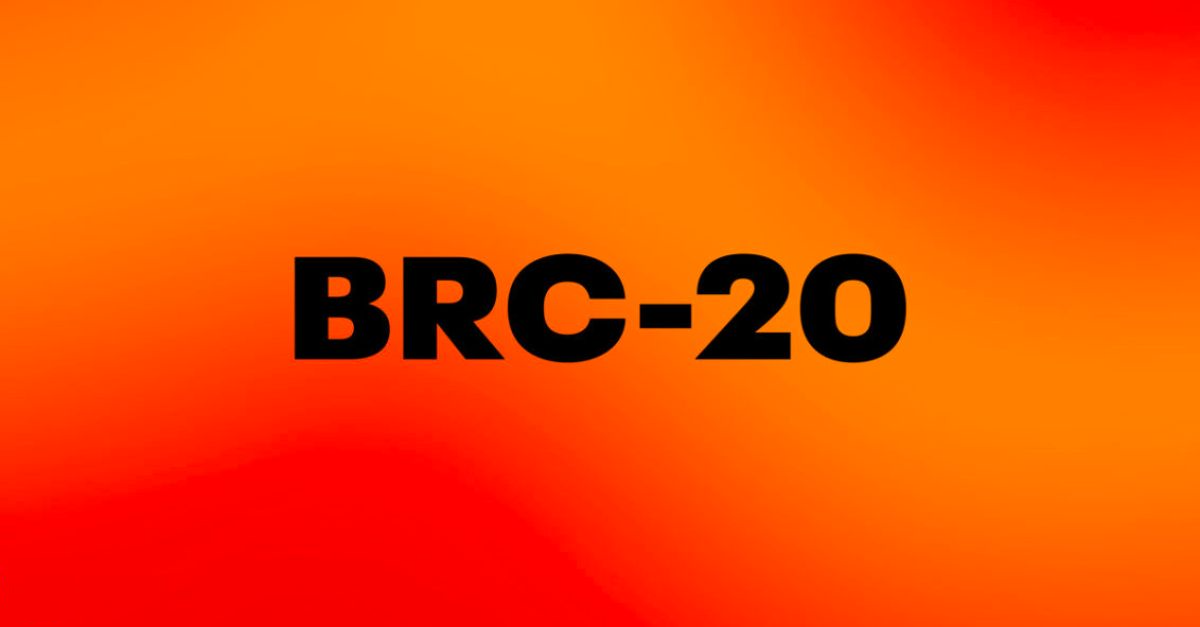Dune data shows that on May 11, BRC-20-related transaction (minting, transfer and deployment) fees dropped to 30 BTC, a drop of 88% from the peak value on May 8.

Such fees have now fallen for three consecutive days. In addition, the transaction fees on May 11 only accounted for about 15% of all transaction fees for Bitcoin on that day.
Memecoins, which have seen a surge in popularity over the past few years, are starting to take over the Bitcoin network. Meme coins like PEPE and WOJAK have clogged the Ethereum network, and new BRC-20 tokens are now affecting the Bitcoin network.
These new meme coins are being minted using the standard. Daily minting fees on BRC-20 hit a record high of 255 BTC on May 8, according to data from Dune.
The entire market value of the tokens topped $1 billion on May 9.

The BRC-20 token standard is a new kind of fungible token that uses Ordinals and Inscriptions to construct and manage token contracts, token minting, and token transfers on the Bitcoin base chain.
Ordinals is a numbering system that allocates a unique number to each satoshi, 0.00000001 BTC, making it possible to monitor and transfer it. Meanwhile, the “inscription” process adds a layer of data to each satoshi, enabling users to build one-of-a-kind digital assets on the Bitcoin network.
Domo, a Twitter user, created the BRC-20 token standard on March 8. Presently, around 14,300 BRC-20 tokens are in use on Bitcoin, with an estimated 400 million tokens in use on Ethereum.
The Bitcoin network has seen its greatest degree of congestion in years as a consequence of an increase in activity linked to Ordianals and BRC-20s, resulting in a backlog of transactions owing to the limited block space available. According to Mempool data, there are presently over 287,000 unconfirmed transactions, and memory use has reached its limit.
DISCLAIMER: The information on this website is provided as general market commentary and does not constitute investment advice. We encourage you to do your research before investing.


